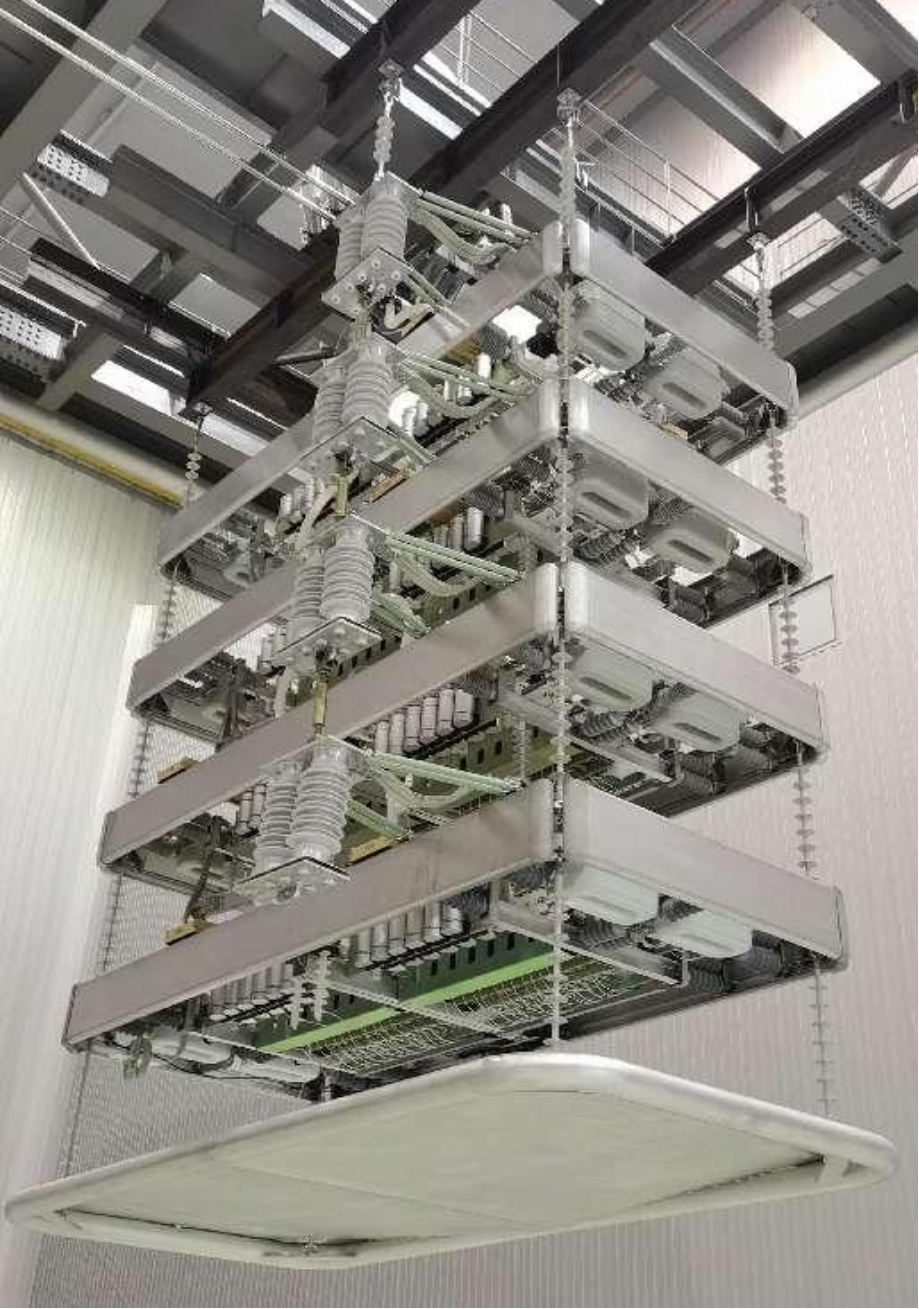Following the approval of the national standard Flexible DC Integrated Gate-Commutated Thyristor (IGCT) Valves in 2024, two additional national standards—*High-Voltage DC IGCT Converter Valves—Part 1: Technical Requirements* and *High-Voltage DC IGCT Converter Valves—Part 2: Testing Methods*—led by Tsinghua University and Huairou Laboratory under Professor Zeng Rong’s direction were recently approved. These three standards represent China’s inaugural national standards for IGCT converter valves. They will comprehensively regulate terminology and definitions, symbols and abbreviations, environmental operating conditions, fundamental parameter classifications, technical specifications, testing methodologies, nameplate markings, as well as packaging, transportation, and storage requirements for IGCT valves deployed in both flexible DC transmission and high-voltage DC transmission systems.

High-voltage direct current (HVDC) transmission stands as a core technology enabling renewable energy integration and modern power system development. Conventional HVDC systems utilizing thyristor-based converter valves inherently face commutation failure risks due to thyristors’ inability to actively interrupt current. The IGCT-based HVDC converter valve—specifically the Hybrid Commutation Converter (HCC) employing reverse-blocking IGCT devices—represents a novel DC transmission technology pioneered and led by China. While retaining conventional converters’ advantages of high reliability, low cost, and efficiency, HCC integrates IGCTs with bidirectional blocking and active turn-off capabilities within its arms. This critical innovation enables forced commutation during fault conditions, fundamentally eliminating commutation failure risks inherent in traditional HVDC systems.
Tsinghua University and Huairou Laboratory have collaboratively developed the world’s first hybrid commutation converter valve (120kV/360MW) with leading domestic manufacturers. Having passed comprehensive testing and product certification, this technology has been adopted for the Lingbao Converter Station upgrade within the Central China-Northwest China Grid Interconnection Project.

With rapid engineering advancement, the advantages of IGCT-based HVDC converter valves—low cost, minimal losses, and elimination of commutation failures—have become further accentuated. However, existing DC converter valve standards primarily address conventional thyristor and IGBT-based valves, proving inadequate for the design, testing, and operational requirements of IGCT high-voltage converters. Establishing this standards series will fill critical gaps in IGCT HVDC valve specifications, comprehensively enhancing the DC transmission technical standard framework. This initiative will enable industry-wide consensus across the design-manufacturing-testing-application value chain, foster a robust industrial ecosystem, and strengthen China’s indigenous innovation capabilities in IGCT HVDC converter technology.